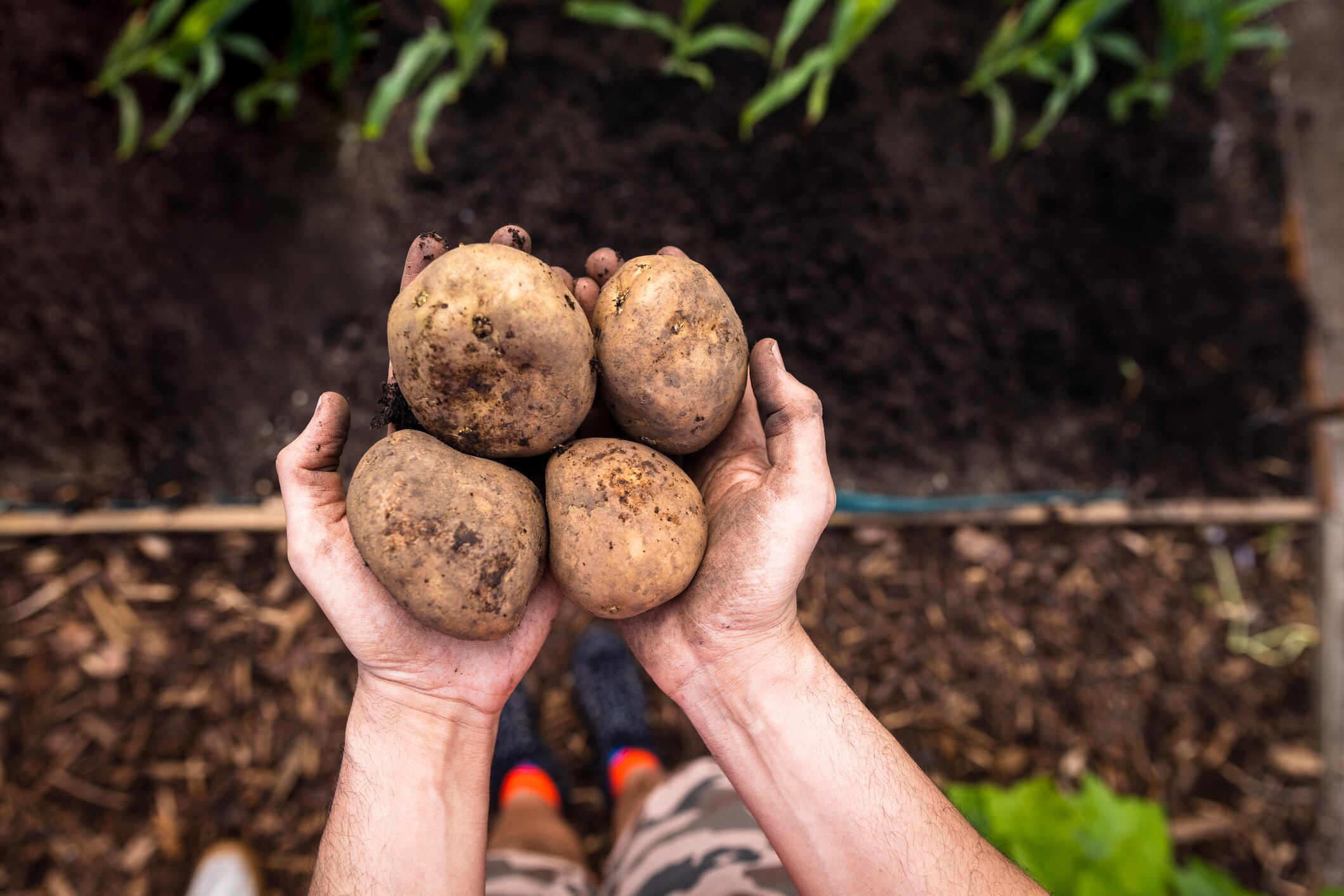“This work builds on our previously reported findings demonstrating that Solnul improves barrier function,” Dr. Jason Bush, chief scientific officer at MSP Starch Products Inc., told NutraIngredients.
“Here, we show evidence of enhanced absorption of the essential nutrients choline, vitamin A and vitamin E, suggesting that Solnul works to not only reduce signs of ‘leaky gut’ but also to promote nutrient absorption. These increases are correlated with Akkermansia, indicating a link to strong barrier function. Most striking is the finding that certain choline-containing sphingomyelins important for axonal myelination were also increased, demonstrating a functional consequence of this choline uptake and connecting Solnul to the gut-brain axis.”
Solnul
Solnul-branded resistant starch is derived from potatoes. The ingredient was developed by MSP, the largest potato starch producer in Canada. The Solnul brand name is derived from the Latin name for potato, Solanum tuberosum, and granule.
The company has been steadily building the scientific portfolio for its prebiotic, defined by ISAPP as “a substrate that is selectively utilized by host microorganisms conferring a health benefit.” (Gibson, et al. Nat Rev Gastroenterol Hepatol, (2017) 14, 491–502)
Published data shows that 3.5 g/day of Solnul significantly increases the abundance of not only Bifidobacterium but also leads to a 238% increase in the relative abundance of Akkermansia (Nutrients, 15(7), 1582), a next-generation probiotic that has been shown to increase the production of GLP-1, a hormone that plays a crucial role in regulating blood sugar levels, weight management and appetite.
A recent paper published in Metabolites reported that a daily dose of 3.5 grams of the ingredient could reduce the levels of circulating free fatty acids (FFA), an important early marker of metabolic health.
The five types of resistant starch
RS1 and RS2 are not digestible due to their structure: Starch is protected by either cell walls or by the granule and is not accessible to the intestinal enzyme. (Solnul is RS2.)
For RS3 and RS4, starch is modified (cooking and cooling = retrogradation for RS3 and chemically for RS4) making it undigestible and resistant to the attack of intestinal enzymes.
RS5 is a specific complex with starch and lipid, thus preventing granule dissolution during cooking.
New data
The two new studies are also published in Metabolites. For the study focused on antioxidant levels, Dr. Bush and his collaborators from the University of Victoria in Canada performed a post hoc analysis of data from a completed clinical trial that tested 3.5 grams per day of Solnul compared to placebo for four weeks.
Increases in levels of the exogenous vitamins A (all-trans retinol) and E (alpha-tocopherol) of 9% and 11% were recorded for people in the Sonul group.
The increases in vitamin A were correlated with increases in Akkermansia, the researchers reported.
“Akkermansia changes explain 14.4% of the variation in all-trans retinol and 5.2% of the variation in α-tocopherol in RPS [resistant potato starch]-consuming participants,” they wrote. “The correlations between Akkermansia and the nutrients do not fully explain the increases in serum vitamin levels, suggesting that factors other than increased Akkermansia levels are influencing vitamin absorption.”
In the second study, another post-hoc analysis focused on choline metabolism and the production of microbially modified choline-derived TMAO (Trimethylamine Oxide), a metabolite linked to cardiovascular disease.
Results of this analysis showed that supplementation with 3.5 grams per day of Solnul was associated with 15% increases in choline levels, while levels of trimethylamine decreased and TMAO levels did not change over four weeks of supplementation.
Again, increases in levels of choline were positively correlated with increases in Akkermansia.
“RPS supplementation may offer a preferable way to enhance choline levels while mitigating the microbiome-associated risks associated with this nutrient,” the researchers wrote. “Studies examining choline co-administered with RPS are warranted.”
Dr. Bush notedthat it is intuitive that improving barrier function should also strengthen the intestine’s ability to absorb nutrients.
Data from the NHANES database indicate that many Americans are insufficient and deficient in many essential nutrients, suggesting a role for resistant starch to boost nutrient absorption. The benefits could also extend to users of GLP-1 medications, who may already be consuming less of these already nutrient-poor foods—potentially increasing their risk of micronutrient deficiencies.
“These findings are exciting because they tell a more complete story of intestinal barrier function, building on our previous work,” Dr. Buch said. “Together, the data present a compelling picture.”
Metabolites, 2025, 15(10), 661. doi: 10.3390/metabo15100661. “Resistant Potato Starch Supplementation Increases Serum Antioxidant Levels in a Randomized Trial”. Authors: J.R. Bush, et al.
Metabolites, 2025, 15(10), 662. doi: 10.3390/metabo15100662. “Resistant Potato Starch Supplementation Increases the Serum Levels of Choline and Sphingomyelins Without Affecting Trimethylamine Oxide Levels”. Authors: J.R. Bush, et al.





